Balance AI (BAI) Token Value Calculator
Estimated Rewards
Total BAI Tokens Earned:
0.00 BAI
Estimated Value:
$0.00 USD
Price Change Since Peak:
-98%
Ever wondered what Balance AI actually does and why it matters in the crypto world? In short, it’s a blockchain‑based platform that lets developers share machine‑learning models and earn rewards in its native BAI token. Launched in November2023 on Ethereum as an ERC‑20 asset, Balance AI aims to create a decentralized AI marketplace where contributors get paid based on the value they add. Below you’ll get the full picture: what the protocol is, how the token works, price performance, how it stacks up against rivals, and the key risks you should know before putting any money in.
What Balance AI (BAI) Actually Is
Balance AI, often shortened to BAI, is an open‑source protocol designed to power a network of AI models that run on a blockchain.
The protocol connects two main groups: model providers who upload trained AI models, and model users who query those models via Balance Protocol nodes. Nodes act as both servers (hosting the models) and validators (verifying that model outputs are correct). Every time a model is used, the system calculates a contribution score and mints BAI tokens to the provider’s wallet. This creates a direct, trust‑less incentive for developers to keep improving their models.
Tokenomics at a Glance
The BAI token follows a simple, deflationary model:
- Total supply: 2,967,382 BAI
- No future minting - the supply is fixed, so every token that exists today will stay.
- Distribution: Tokens are allocated to model contributors, node operators, and a small reserve for ecosystem grants.
- Liquidity: Most trading happens on Uniswap V3 (Ethereum), with the BAI/USDC pair providing the primary market.
Because the supply is tiny compared with millions of ERC‑20 projects, a single large trade can move the price dramatically. That’s one reason you’ll see huge swings in volume and price across data aggregators.
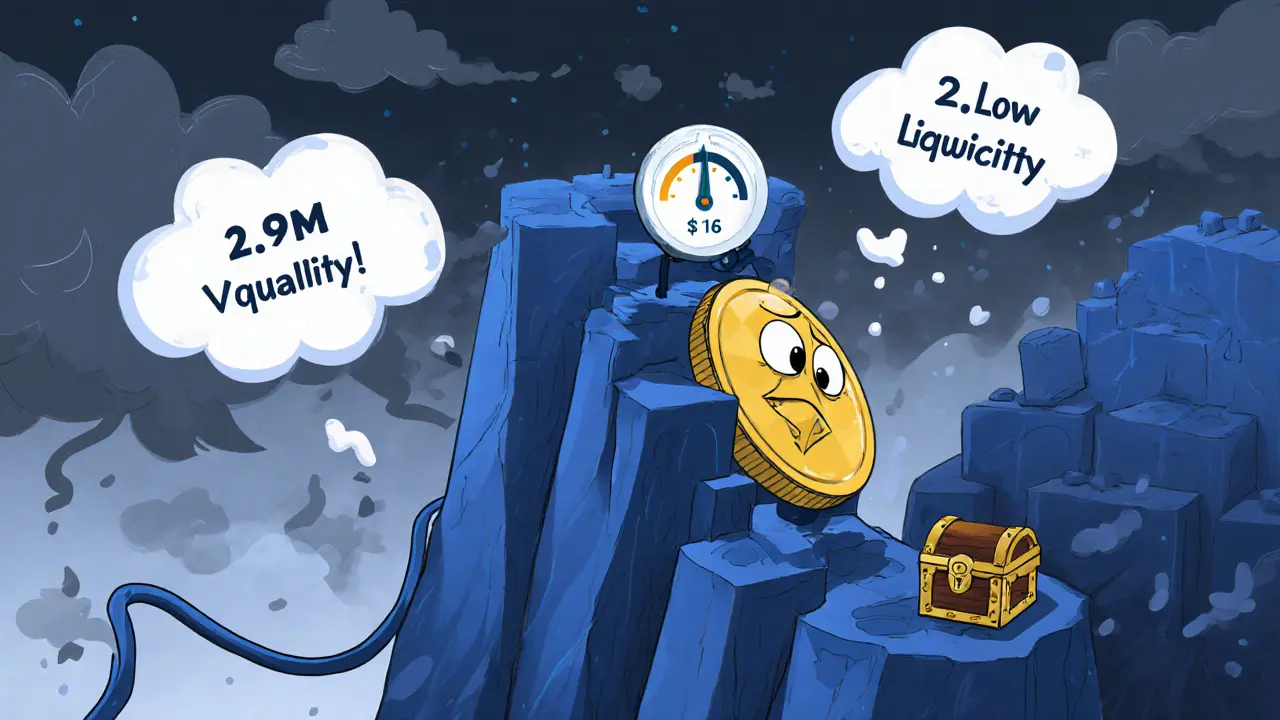
Current Market Performance (October2025)
Price data varies by source, but the consensus range sits around $0.15‑$0.17 per BAI. Trading volume is extremely low - reported 24‑hour volumes range from $18 on CoinGecko to $764 on CoinLore, and even the most optimistic figures stay under $4,000 on Uniswap. Market capitalisation hovers between $457K and $487K, putting BAI well below the $1million mark that many analysts consider a threshold for serious liquidity.
From its May2024 peak of $7.56, the token has lost roughly 98% of its value. Year‑over‑year returns are -89% versus USD, -95% versus Bitcoin, and -93% versus Ethereum. In short, the token is in a steep downtrend and has a very small holder base (about 4.9K wallets).
How Balance AI Differs From Other AI‑Focused Tokens
| Project | Token Symbol | Total Supply | Primary Focus | Current Approx. Price (USD) |
|---|---|---|---|---|
| Balance AI | BAI | 2.97M | Collaborative model usage | 0.16 |
| SingularityNET | AGIX | 1B | General AI services marketplace | 0.12 |
| Fetch.ai | FET | 1B | Autonomous economic agents | 0.08 |
| Ocean Protocol | OCEAN | 1.4B | Data marketplace for AI | 0.64 |
Where most rivals advertise a broad AI marketplace, Balance AI hones in on the “shared model” concept. It does not try to be a data exchange like Ocean, nor an agent platform like Fetch.ai. This narrow focus gives it a clear value proposition but also limits its audience - you need to care about model collaboration specifically.
Key Benefits and Drawbacks
Benefits
- Open‑source code encourages community audits and extensions.
- Built on Ethereum, which provides strong security and compatibility with existing wallets.
- Direct token rewards for model contributors create a measurable incentive.
Drawbacks
- Very low liquidity - moving large amounts can cause slippage.
- Price has collapsed from its all‑time high, indicating limited adoption.
- Documentation and community support are thin; beginners may struggle with setup.
- Gas fees on Ethereum can make small‑scale interactions costly.
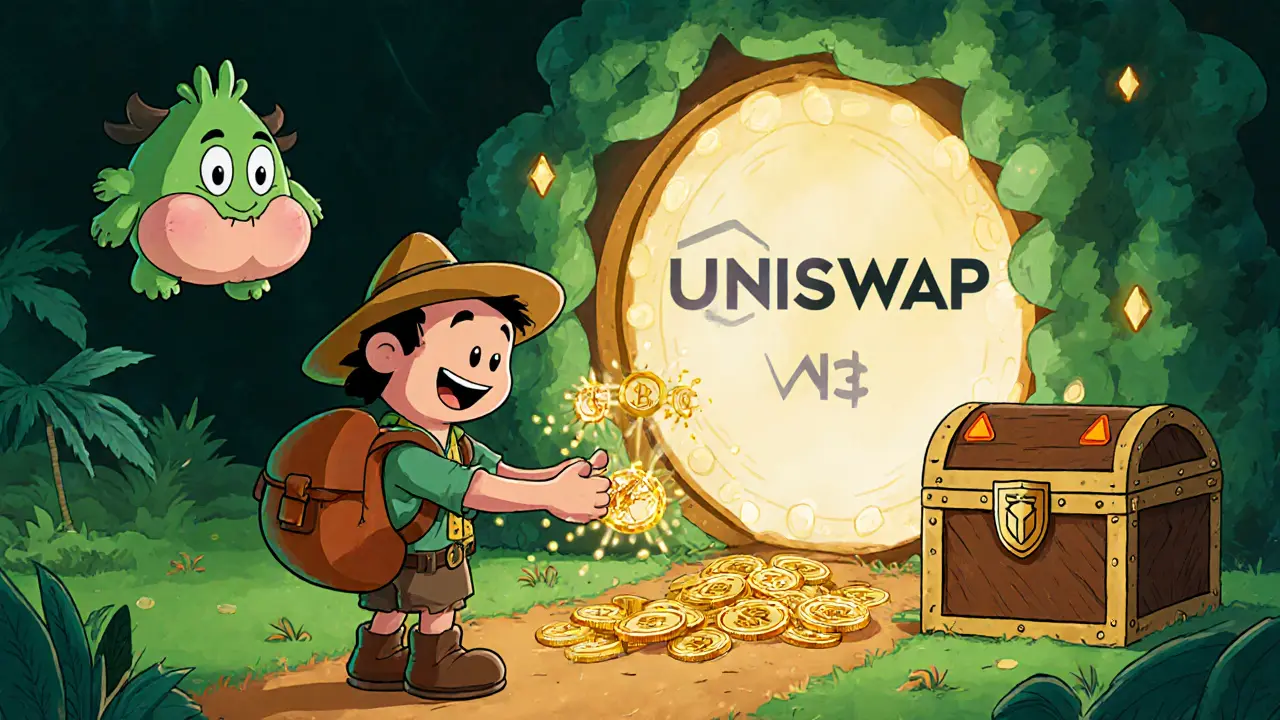
How to Buy and Store BAI Safely
- Set up an Ethereum‑compatible wallet (MetaMask, Trust Wallet, or hardware wallet).
- Purchase ETH on a major exchange (e.g., Coinbase, Kraken) and transfer it to your wallet.
- Connect your wallet to Uniswap V3 and swap ETH for BAI using the BAI/USDC pair.
- Double‑check the contract address:
0x... (official address from the project's GitHub)to avoid phishing tokens. - Store BAI in the same wallet; consider a hardware device for long‑term holding.
Because trading volume is tiny, you might encounter “failed transaction” errors or high slippage. Using a DEX aggregator like 1inch can sometimes find a better route, but the fundamental liquidity issue remains.
Is Balance AI Worth the Risk?
If you’re a developer who wants to experiment with decentralized AI models, BAI offers a sandbox where you can earn tokens for contributions. For a pure investor, the token looks shaky: price down 98%, limited liquidity, and a small community suggest high risk. The project’s roadmap is vague, and there’s no clear upcoming partnership that could boost demand.
Bottom line: treat BAI as a speculative play. Allocate only what you can afford to lose, and keep an eye on any new roadmap releases or mainnet upgrades that could improve utility.
Frequently Asked Questions
What is the primary purpose of Balance AI?
Balance AI aims to create a decentralized marketplace where AI model developers can share their models and earn BAI tokens based on usage. It focuses on collaborative model consumption rather than a broad AI services platform.
How many BAI tokens exist?
The total, fixed supply is 2,967,382 BAI tokens. No new tokens will be minted after the launch.
Where can I trade BAI?
BAI mainly trades on decentralized exchanges, especially Uniswap V3 (Ethereum). Some aggregators list it, but liquidity is low, so expect slippage.
Is Balance AI safe to use?
The protocol runs on Ethereum, which is secure, but the token’s low liquidity and high price volatility make it risky for investors. Developers should also consider gas fees and the steep learning curve.
How does BAI reward model contributors?
When a user queries a model, the protocol calculates a contribution score based on compute resources and model performance. That score translates into a proportional amount of BAI tokens sent to the model’s owner.
What are the biggest risks for BAI investors?
Key risks include extreme price volatility, negligible trading volume, unclear token distribution, limited community support, and the possibility that the platform fails to attract enough model users to generate demand for BAI.
Can I earn BAI without being a developer?
Yes, by running a validator node or by staking BAI in certain protocol incentives, you can earn a share of transaction fees, though the returns are modest given the low activity.

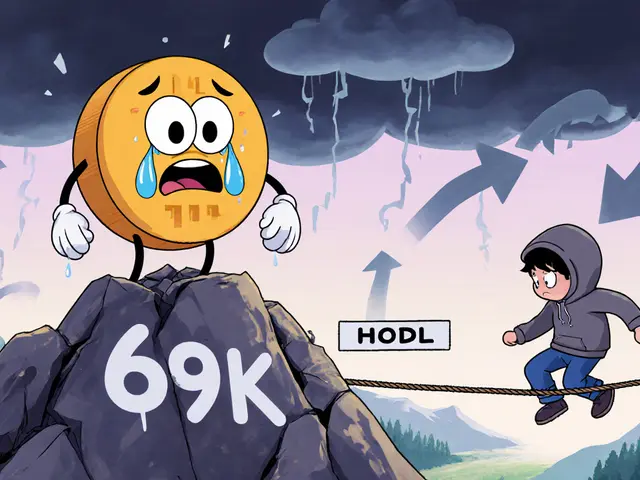

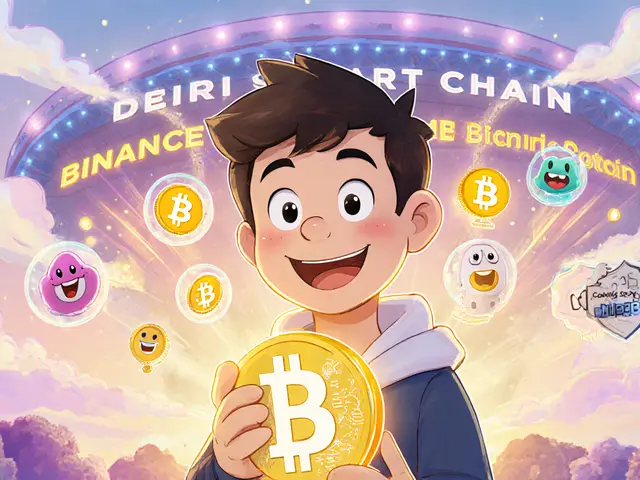

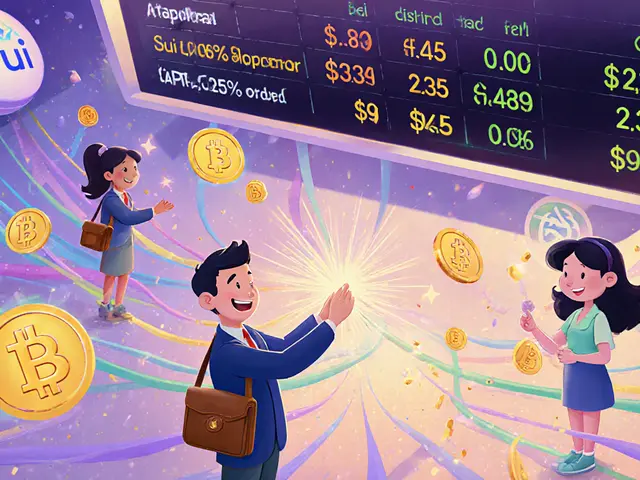
Jasmine Kate
The BAI roller‑coaster has turned into a full‑blown soap opera, and I'm here for the drama! The price crash feels like watching the main character get stabbed in the back during the season finale. Everyone keeps shouting about "big moves" while the token crickets under a mountain of slippage. Honestly, it’s hard not to wonder if this was all scripted from day one.
Nicholas Kulick
To put it plainly, BAI’s total supply is fixed at 2,967,382 tokens, so any price movement is purely demand‑driven. The current market cap hovering under $500K reflects that low liquidity. If you’re looking for a concrete metric, the 24‑hour volume on Uniswap seldom exceeds $3,000. Those numbers explain why even modest trades cause noticeable slippage.
Caleb Shepherd
What they don’t tell you is that every time you query a model, a hidden algorithm decides how many BAI to mint. The contribution score is calculated on‑chain, but the exact formula is buried in the GitHub repo like a secret recipe. If the protocol ever updates that scoring, we could see a sudden influx of tokens and an even deeper price dump. Keep an eye on the repo commits; they’re the real crystal ball.
Darren Belisle
Honestly, the community is trying to stay optimistic despite the odds, which is admirable! It’s great to see developers experimenting with decentralized model hosting. If the ecosystem gains traction, even a niche use‑case could revive BAI’s utility. Let’s keep supporting the builders; they might just turn this ship around!
Kate O'Brien
All this talk about AI markets makes me think the whole thing is a front for something bigger. Have you noticed how the contract address was only published after a vague “audit” that no one else could find? It feels like they’re pulling a fast one, and anyone who’s not on the inside stays clueless.
Ricky Xibey
Whoa, slow down! If you’re already buying BAI, at least double‑check the contract address on the official GitHub. A typo can send your funds to a scam token in seconds. It’s a simple step but saves you a lot of headaches.
Sal Sam
Balance AI’s tokenomics revolve around a deflationary supply model that, in theory, should provide scarcity benefits, yet the practical implications are far more nuanced. Because the total issuance is capped at just under three million tokens, any token movement is amplified by the low base liquidity, resulting in price elasticity that is orders of magnitude higher than mainstream assets. The protocol’s reward mechanism utilizes a contribution score derived from the compute hash of each model query, a metric that is recorded on-chain via an ERC‑20 mint event. This score is multiplied by a configurable reward rate, which the governance can adjust on a per‑epoch basis, thereby influencing the effective token emission velocity. In practice, the rate has hovered around 0.02 % per epoch, but without transparent telemetry, participants cannot ascertain the exact emission schedule. Moreover, the token distribution favors model providers and node operators, allocating roughly 45 % to contributors, 30 % to validators, and the remaining 25 % to ecosystem reserves and grants. The reserve pool is meant to fund future development, yet its vesting schedule is opaque, raising concerns over potential dilution if large tranches are released abruptly. From a macro‑economic standpoint, the token suffers from a classic liquidity trap: the Uniswap V3 pool depth is insufficient to absorb even modest buy‑walls without severe slippage, as evidenced by the $3,000‑$4,000 daily volume ceiling. This thin order book incentivizes arbitrageurs to front‑run transactions, further eroding confidence among retail participants. Coupled with Ethereum’s volatile gas fees, the net effective cost of interaction can eclipse the nominal reward, rendering the utility token economically unviable for casual users. In sum, while the architectural vision of a decentralized AI marketplace is compelling, the current tokenomic execution introduces a suite of systemic risks that any prospective stakeholder should rigorously evaluate before allocating capital.
Moses Yeo
Interesting how the community talks about "decentralized AI" yet everything still depends on Ethereum’s gas market. If gas spikes, even a tiny BAI transaction becomes prohibitively expensive, which defeats the purpose of an open marketplace. One could argue the whole design is built on a paradox.
Lara Decker
Sounds like a bad gamble.
Anna Engel
Sure, it’s a gamble, but calling it a “bad” one assumes you’ve looked at the data. The price has collapsed 98 % from its peak, and liquidity is essentially a joke. If you’re not prepared to lose the entire position, stay away.
manika nathaemploy
i get why some devs might want to try it, but the whole thing feels like a steep hill for newbies. the gas fees alone can eat up any tiny reward you might get. maybe wait till they migrate to a cheaper chain?
Mark Bosky
While the current market conditions are indeed challenging, it is prudent to approach BAI with a disciplined risk‑management strategy. Allocate only a small portion of your portfolio, diversify across assets with proven utility, and continuously monitor protocol updates for any material improvements in liquidity or reward mechanisms.
Debra Sears
I understand the excitement around decentralized AI, but it’s important to keep expectations realistic. The token’s performance so far suggests that widespread adoption is still a long way off, and the financial upside may be limited for the time being.
Caitlin Eliason
🤔 Honestly, diving into BAI without a solid exit plan feels reckless. Set clear targets, use stop‑loss orders if possible, and remember that the crypto market rewards the patient but punishes the over‑zealous.